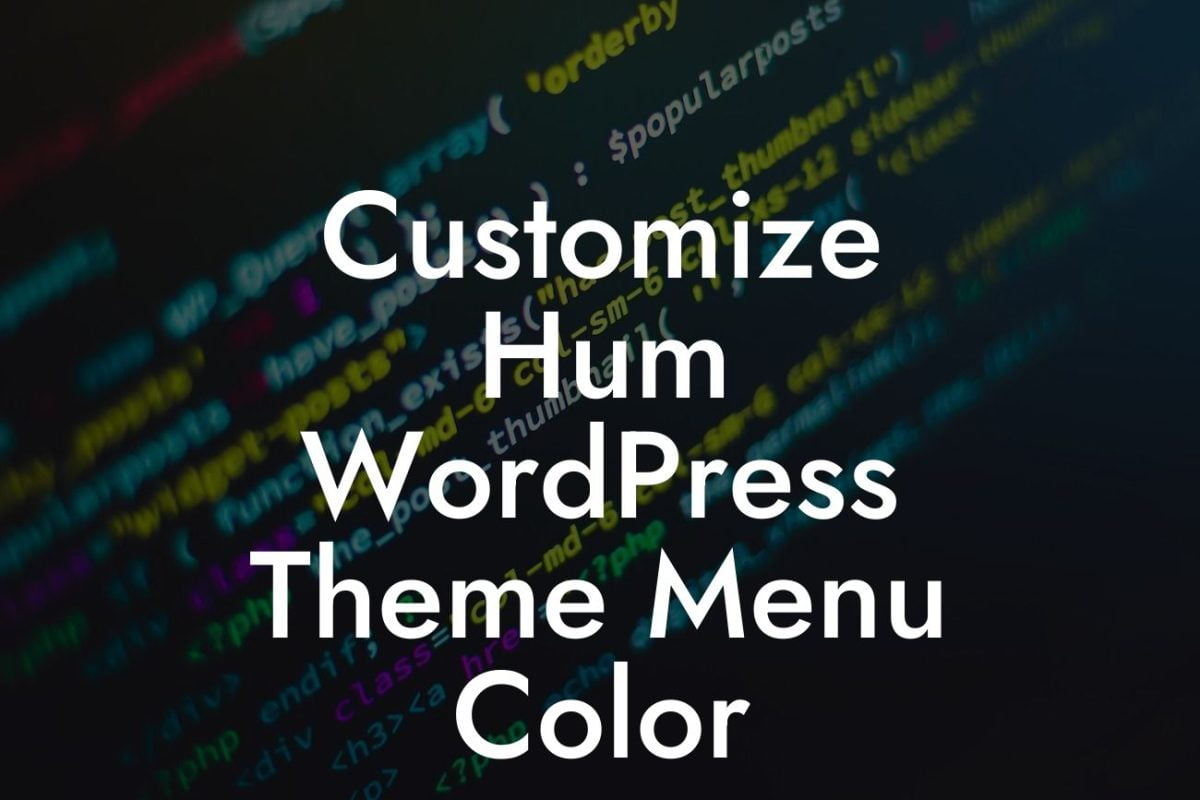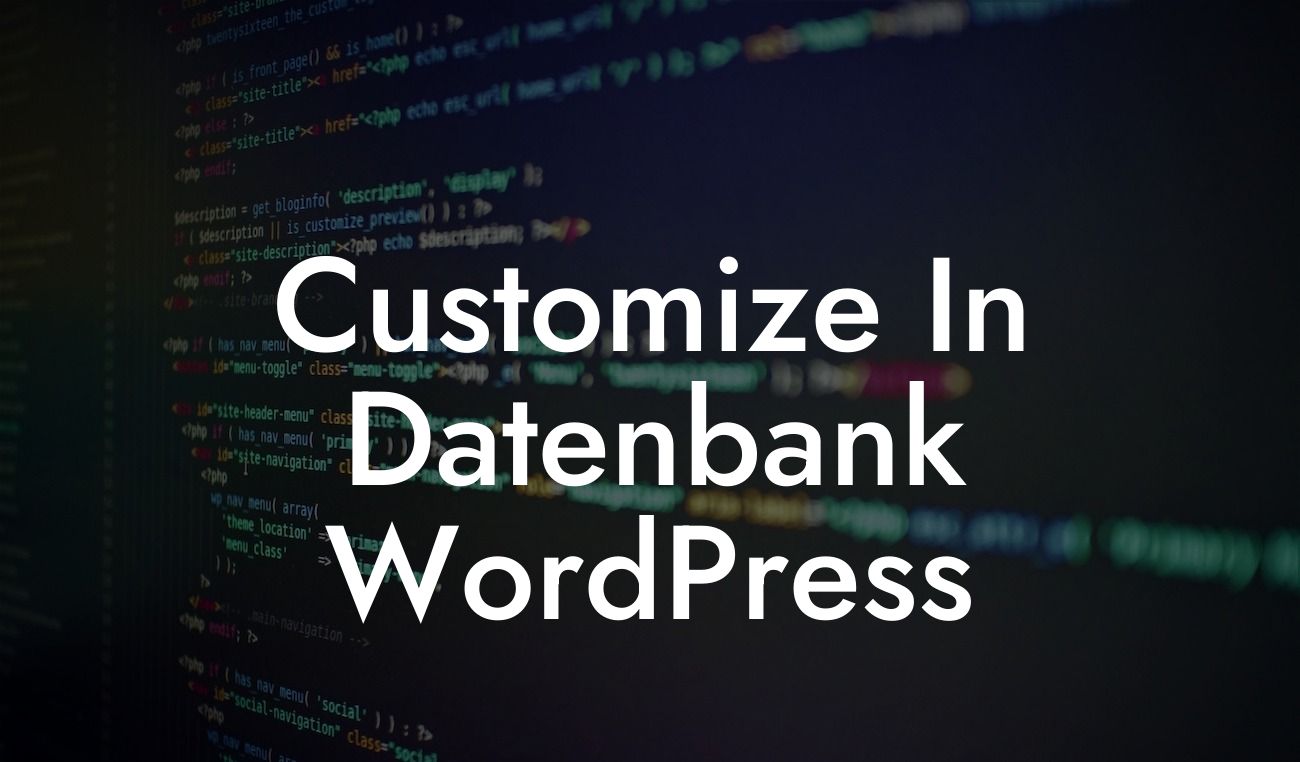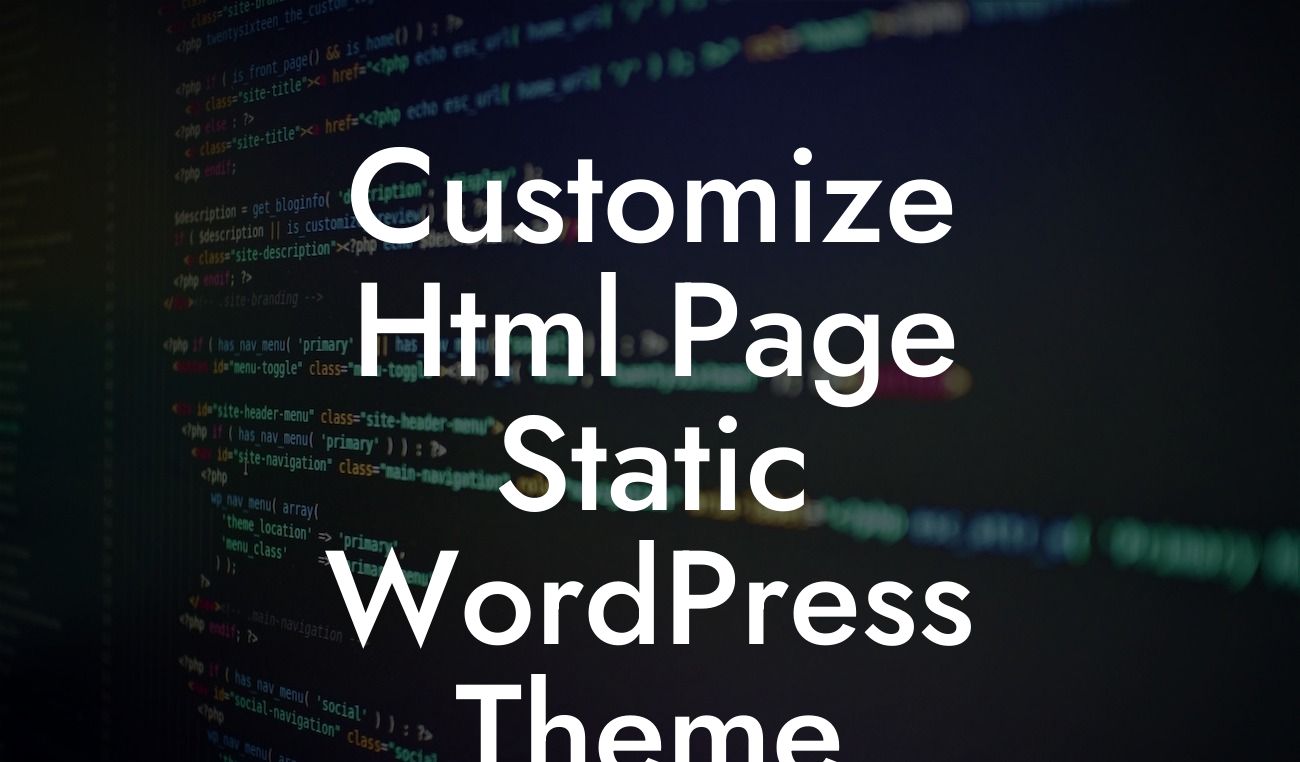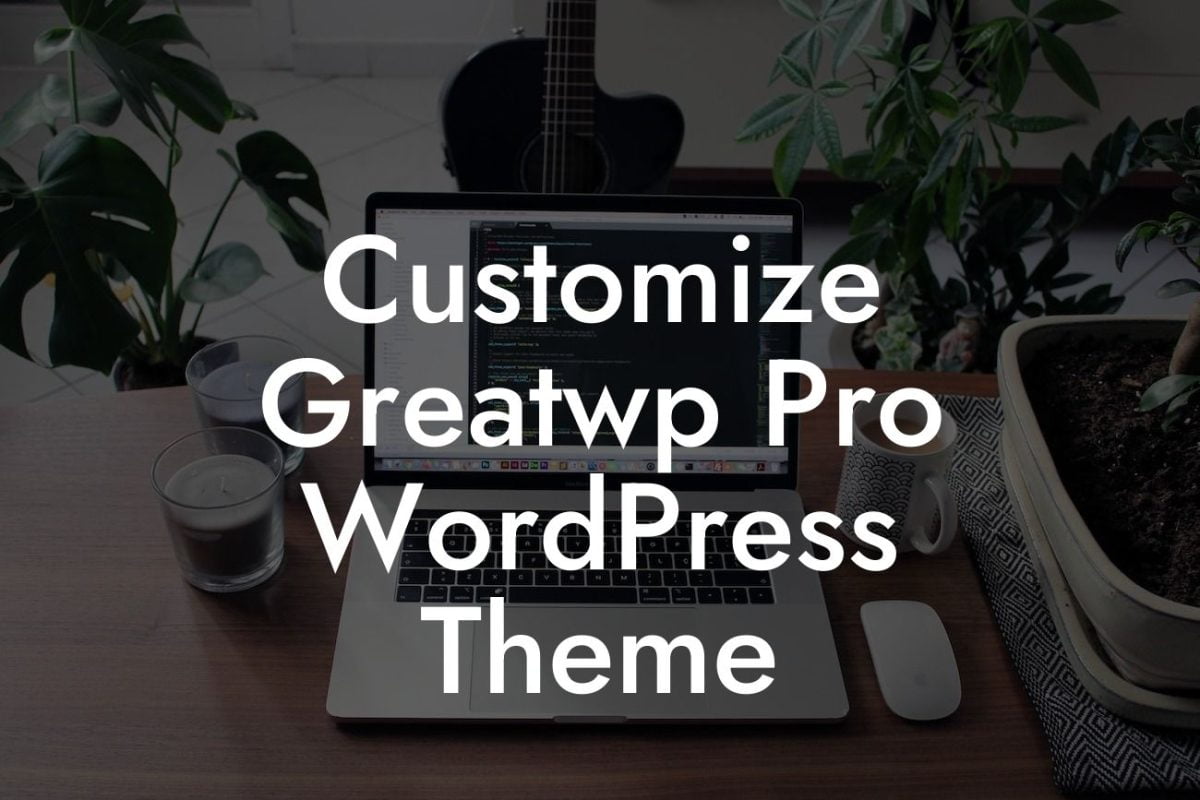Adding a post to a page on WordPress may seem like a daunting task for beginners, but fear not! In this comprehensive guide, we will walk you through the step-by-step process of seamlessly integrating a post into your WordPress page. Say goodbye to generic and outdated website designs, and get ready to supercharge your online presence with DamnWoo's extraordinary plugins.
To successfully add a post to a page on WordPress, follow these simple steps:
1. Login to your WordPress Dashboard:
- Access your WordPress website's backend by entering the login credentials provided during installation.
2. Navigate to the Pages section:
Looking For a Custom QuickBook Integration?
- On the left-hand side of your Dashboard, click on "Pages" to view all existing pages.
3. Create a new page or select an existing one:
- Determine whether you want to add a post to an existing page or create a new page specifically for the post.
4. Edit the selected page:
- Click on the "Edit" option below the page you wish to modify.
5. Choose the desired location for your post:
- Decide where you want the post to appear on the page, such as at the beginning, middle, or end.
6. Add a new block:
- Click on the "+" icon to add a new block to your page.
7. Select the "Post" block:
- In the block selection menu, find and choose the "Post" block option.
8. Configure the block settings:
- Customize the selected block by adjusting its parameters and appearance to suit your preferences.
9. Publish the changes:
- Once you are satisfied with the post content and its placement on the page, click on the "Update" or "Publish" button to save and activate the changes.
How To Add A Post To A Page On Wordpress Example:
Let's assume you are a small business owner looking to showcase your latest blog post on your homepage. By following the steps mentioned above, you can ensure the post seamlessly integrates into the desired section of your homepage. This integration will allow your visitors to engage with your latest content without having to navigate away from the main page.
Congratulations! You have successfully learned how to add a post to a page on WordPress. By implementing this technique, you can enhance your website's functionality and create a more dynamic user experience. Don't forget! DamnWoo offers a range of plugins designed exclusively for small businesses and entrepreneurs, guaranteeing an extraordinary online presence. Feel free to explore our website, check out our other helpful guides, and try one of our awesome plugins today. Share this article with others to help them elevate their WordPress game as well!













